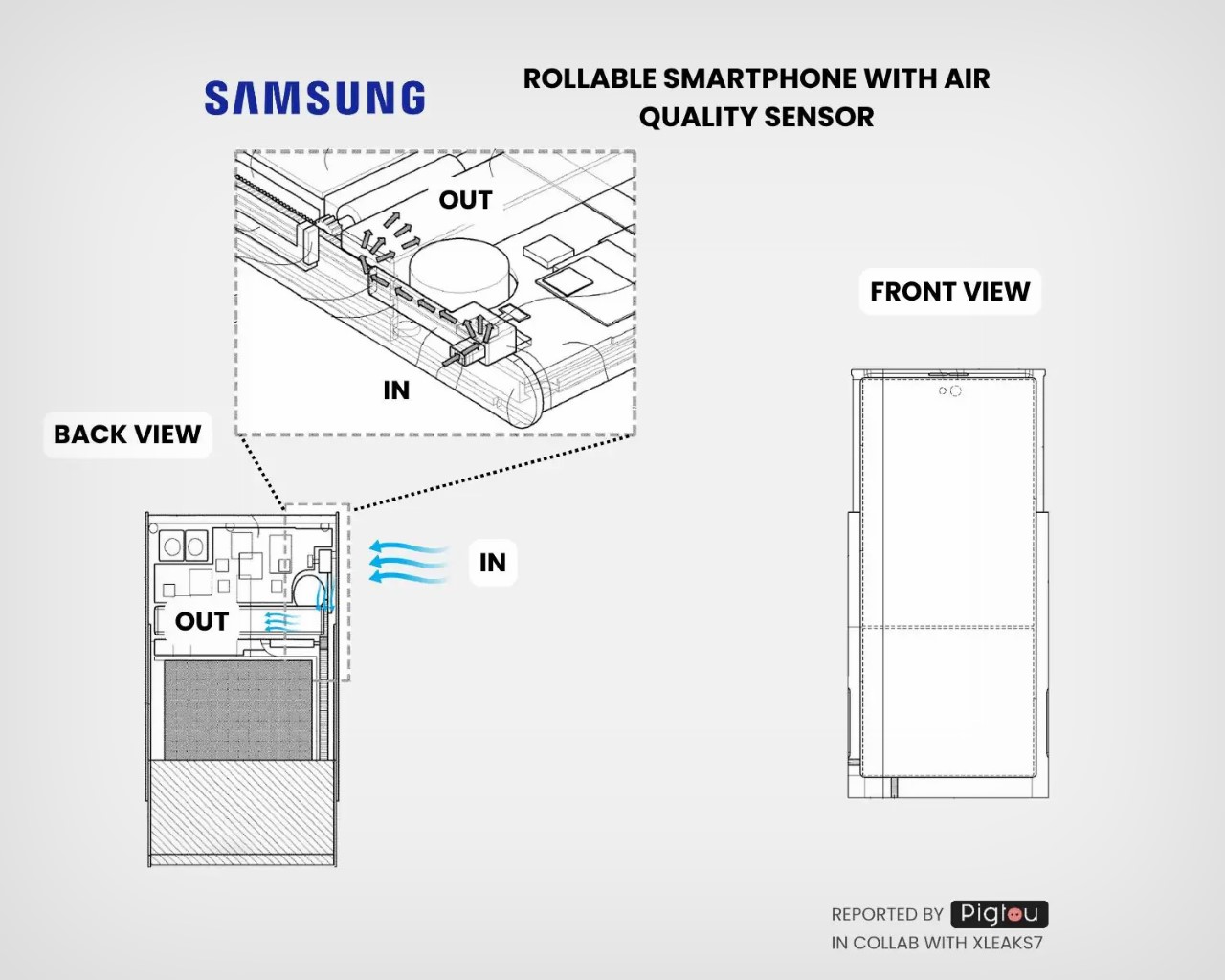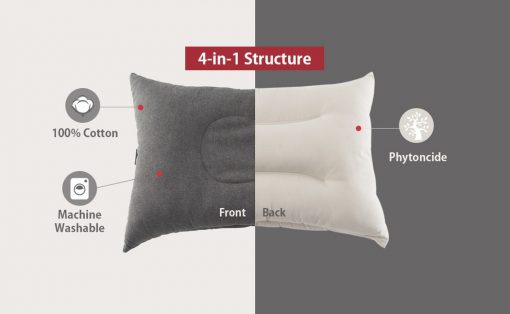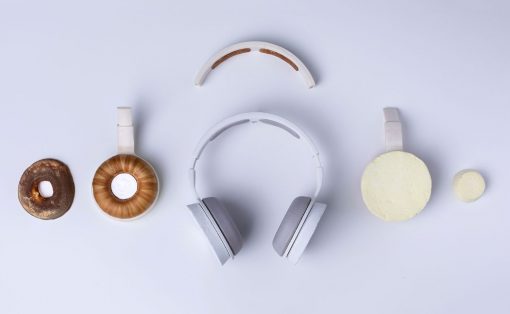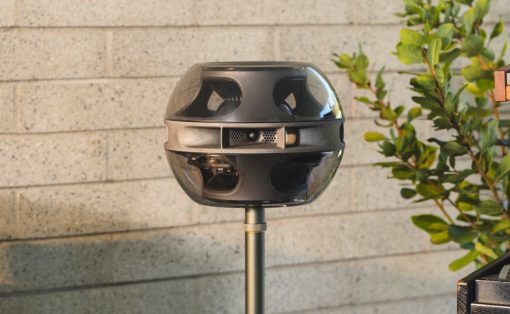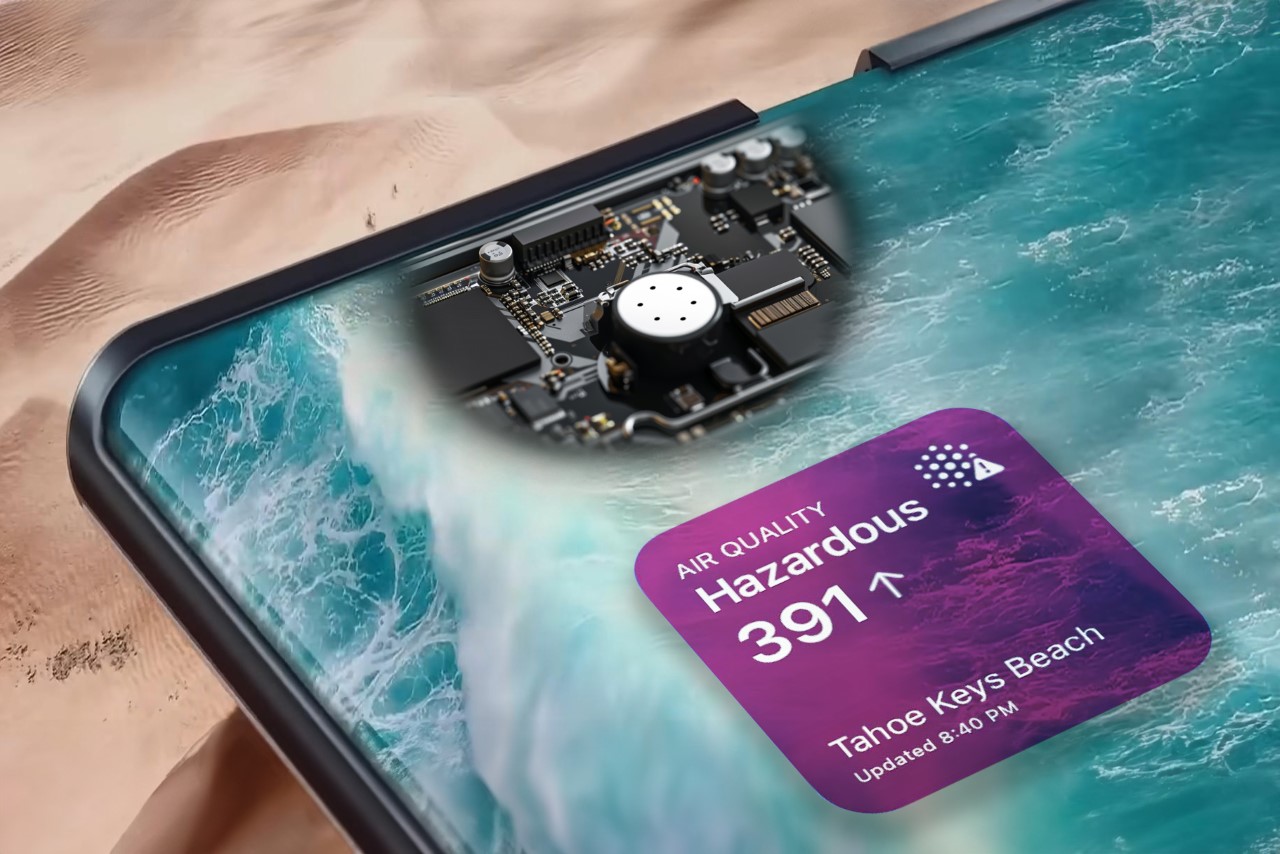
Representational Image
Your phone is an absolute jungle of sensors – it can measure temperature changes, pressure changes, touch input, voice input, environment brightness, gyroscopic tilt, movement, among quite a few other things… and now Samsung wants it to measure the air quality around you too. It might seem odd at first (I felt so too), but this feature ties in with the broader approach at making your phone or any other wearable a health-focused device. If your watch can tell you that you’re in a high-noise environment and you should consider protecting your hearing, why not have a phone tell you if the air you’re breathing is polluted or contaminated? A patent uncovered by Twitter user @xleaks7 and tech blog Pigtou highlights the integration of an air quality sensor into Samsung’s upcoming Rollable Smartphones. This effectively helps your phone constantly measure the air quality on a hyper-local level, letting you know if you need to ventilate your kitchen or living room, or if the area you’re in has bad air, prompting you to leave or put on a mask.
Designer: Samsung
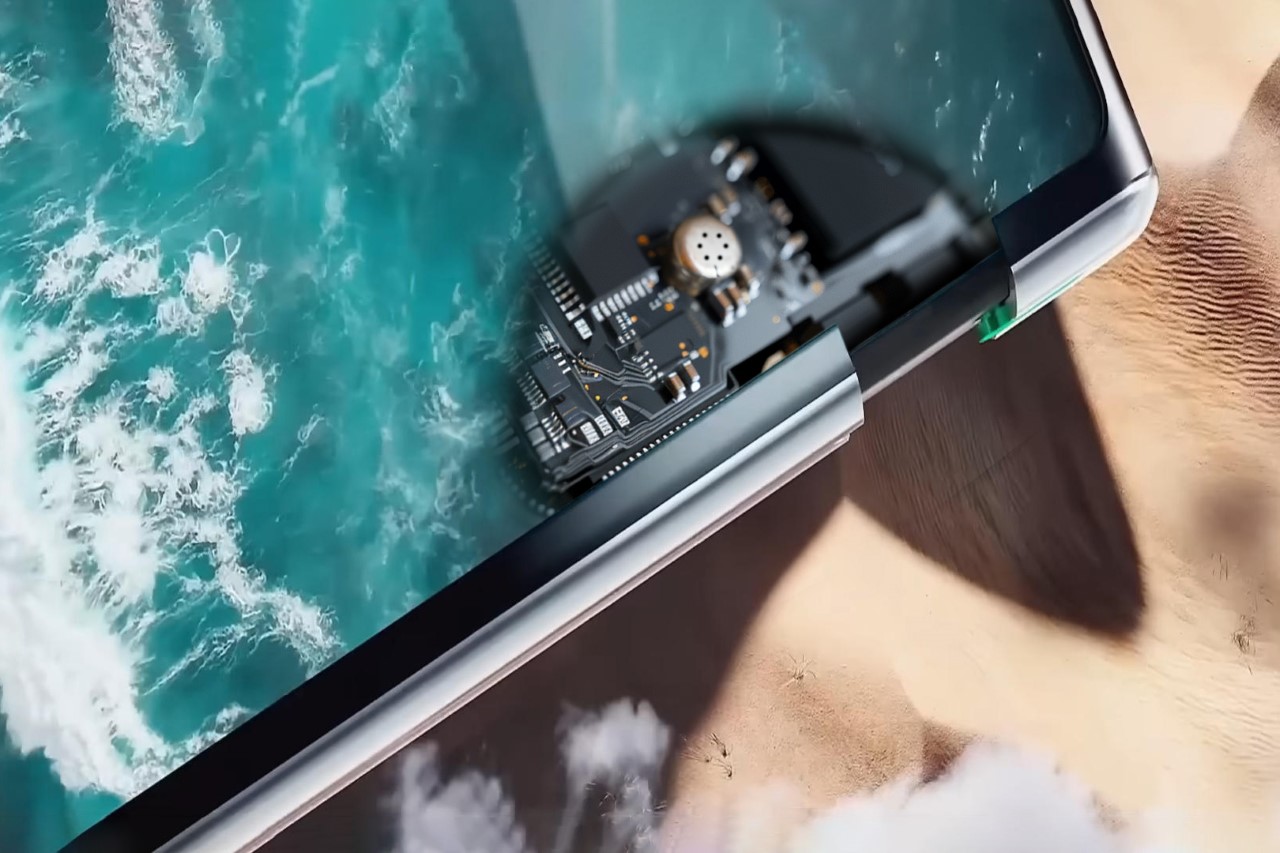
Representational Image
Imagine a phone that unfurls to reveal a sensor, discreetly tucked away when not in use. This is the essence of Samsung’s patent. The phone’s rollable display transforms into a gateway for external air, allowing the sensor to take accurate readings without compromising the phone’s sleek design. This eliminates the need for bulky external components, a common drawback of conventional air quality monitors.
But what makes air quality monitoring so important? Air pollution, particularly fine particulate matter (PM2.5), poses a significant health risk. By integrating sensors into everyday devices, Samsung offers a solution for convenient, on-the-go air quality monitoring. This empowers users to make informed decisions about their health and well-being, especially when spending time outdoors or in unfamiliar environments.

Here are a few features highlighted in the patent:
- Adjustable Housing Concept: Tailors the display size and regulates airflow for precise sensor functionality.
- Flexible Display Technology: Adapts seamlessly to varying screen dimensions, maintaining device portability.
- Innovative Airflow System: Channels external air directly to the air quality sensor, enhancing measurement accuracy and speed.
- Intelligent Opening and Closing Mechanism: Seamlessly integrated with the housing, optimizing sensor performance by managing air intake.
- Improved Sensor Response Time: Facilitates swift sensor reaction to air quality fluctuations, ensuring timely feedback to users.
- Built-in Sensor Protection: Shields the sensor from internal contaminants, guaranteeing consistent air quality assessments.
- Streamlined Design: Maximizes space utilization, keeping the device sleek without compromising functionality.
The implications extend beyond personal health. This technology has the potential to foster a more environmentally conscious society. By raising awareness of air quality fluctuations, users can be prompted to take action, such as using public transport on high-pollution days. This collective effort can contribute to cleaner air and a greener future.
